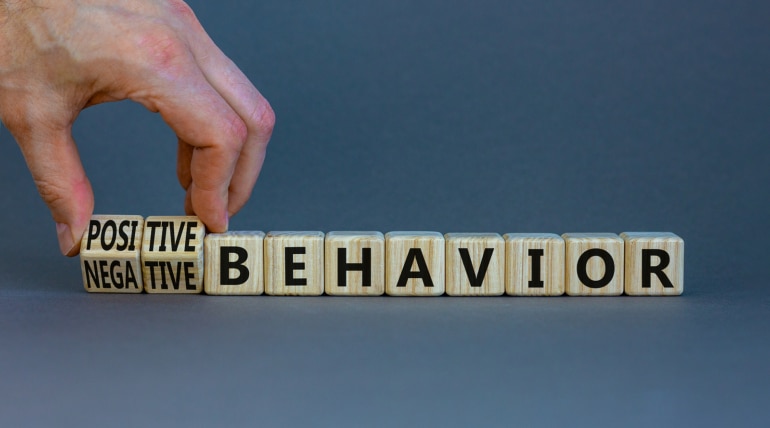All parents get those pamphlets at the pediatrician’s office explaining “typical” milestones their baby should be meeting at each new stage of life. Sitting up, crawling, pulling to stand, walking, babbling, etc. are common developmental milestones that suggest “typical” development. But what about the parent who has their doubts about their child’s growth or meeting milestones?
The one who sees their child’s lack of ability to look them in the eyes, smile, babble, or their obsession with a single toy or activity. What could these signs be indicative of and what comes next for them?
A diagnosis of Autism Spectrum Disorder is alarmingly on the rise all over the world, with a rate of 1:44 children in the United States being diagnosed with Autism. Early signs of Autism are especially important to be observed closely and discussed with your child’s pediatrician as soon as possible. Common signs of Autism in early childhood (typically 18-24m), include:
- Not smiling by 6 months old
- Cannot speak a single word by 16 months old
- Cannot use two-word phrases by 24 months old
- Talks or babbles in an unusual tone/ one that is not understandable or garbled
- Displays sensitivity to certain sensory activities or items, such as bathing or tooth brushing
- Overly emotional/fussy/whiny, hard be soothed
- Displays unusual body or hand movements, such as flapping their arms or hands
- Does not play with toys appropriately
- Does not display meaningful gestures such as pointing or babbling
- Displays poor eye contact
- Shows a strong, particular interest in only one or two toys or activities
- Does not respond to their name, sounds, or voices
- Loss of newly acquired skills
- Does not engage in pretend play or show understanding of emotions in others
- Repeats certain words or phrases frequently
- Displays unusual food preferences / is a picky eater
- Shows obsessive interest in patterns, gears, wheels of a car, etc.
- Intentionally and/or repeatedly causes self-injury, such as head banging or scratching/picking their skin
It is important to remember that Autism is a spectrum disorder, which means that not all these symptoms may show in your child. They may, instead, have difficulty in one certain area, such as behavior skills, while they excel in physical milestones and other areas. It is important that you are honest and forthcoming with your pediatrician regarding your child’s symptoms so they can understand the whole picture that is your child. There is no one test to detect ASD, instead, pediatricians examine your child’s social, emotional, and behavioral skills as they compare to other typically developing, same-aged children.
As for the -what next? – question, parents and caregivers may be referred to early intervention shortly after their child receives an ASD diagnosis or appears to be at risk for developing ASD.
Early intervention can help to set families and children up with a future of success by working with your child to develop current deficits in skills or behaviors. Your child may also be referred for further tests such as hearing, medical disorders, or speech and language testing, to rule out anything that might be able to be otherwise addressed with a professional such as a speech language pathologist, child neurologist or psychologist.
The earlier treatment for your child starts, the better the chance they have of a successful, fulfilling future, so it is important to pass along any concerns regarding your child’s development to their pediatrician as soon as they are noticed! Certainly, in today’s world, there is a plethora of resources and a community of support for those families who have children diagnosed with Autism.
It is critical for parents to realize they are not alone, and that help is available if any of these early signs of autism are noticed in your toddler or young child!
References:
https://health.ucsd.edu/news/features/pages/2015-03-05-22-signs-of-autism.aspx
https://www.whattoexpect.com/family/early-warning-signs-of-autism




